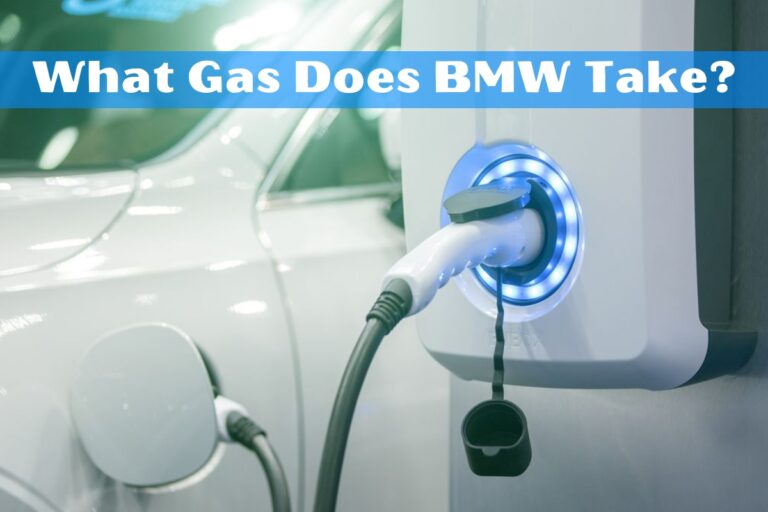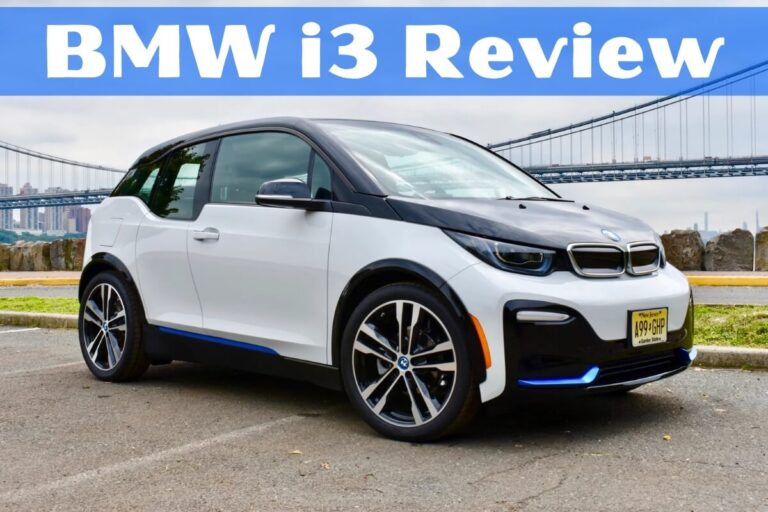BMW X5 vs Porsche Cayenne: Luxury SUV Supremacy Battle

The BMW X5 and Porsche Cayenne are two top-tier luxury SUVs that offer a mix of premium features, powerful performance, and brand prestige. While they share some similarities, they have distinct differences in design, driving dynamics, and interior layouts.
The X5 has a traditional SUV design with a focus on interior space and practicality, while the Cayenne has a sportier, coupe-like design with a focus on high-performance driving dynamics. This comparison will explore their key attributes to help you decide which one best fits your needs and preferences.
Design and Exterior Styling
BMW X5 Exterior Design
The BMW X5 maintains a traditional SUV shape with an upright profile and squared-off styling cues. The latest generation has gained bolder design updates like BMW’s signature kidney grille and sculpted character lines.
However, the X5’s boxy silhouette still gives it a muscular, aggressive stance on the road. It looks rugged and capable but doesn’t break any radical new design ground for BMW’s midsize SUV.
Porsche Cayenne Exterior Design
In contrast, the Porsche Cayenne has a sleeker, sportier, and more coupe-like exterior design compared to the boxier X5. The Cayenne’s sloped roofline, curved body panels, and tapered rear end give it an athletic, aerodynamic profile.
Porsche has refined the Cayenne’s styling over successive generations, evolving it from an early controversial “truck-like” design to today’s sleeker look that blends sports car DNA with SUV versatility.
While more stylish, the Cayenne’s exterior design prioritizes a sportier look over maximizing interior space and practicality that a squarer shape allows.
Interior Luxury and Space
BMW X5 Interior
Inside, the BMW X5 delivers a spacious and well-appointed cabin with premium materials and build quality. The latest model boasts a modern, tech-laden interior with BMW’s traditional driver-focused cockpit layout.
The front seats offer ample room, good sightlines, and available luxury amenities like massaging seats. The X5’s boxier exterior translates to generous second-row legroom and above-average cargo space for the segment.
With the rear seats folded, the X5 provides up to 72.3 cubic feet of cargo volume – more than the sloped-roof Cayenne.
Porsche Cayenne Interior
The Porsche Cayenne treats occupants to a premium, driver-focused cockpit layout with excellent build quality and upscale materials befitting the brand.
While the rear seats offer decent room, the Cayenne’s rakish exterior design cuts into overall interior space compared to the boxier X5. Cargo room maxes out at 60.3 cubic feet with the rear seats folded.
The Cayenne’s cockpit wraps around the driver with a high center console. It creates a sportier feel but sacrifices some practicality and ease of entry/exit.
Performance and Driving Dynamics
Engine Options and Powertrain
Both the BMW X5 and Porsche Cayenne offer a range of potent turbocharged gasoline engines. The X5 provides inline 6-cylinder options, including a plug-in hybrid variant with an electric-only range up to 30 miles.
The top X5 M model gets a 617 horsepower twin-turbo V8. All X5 trims come standard with an 8-speed automatic and either rear- or all-wheel drive.
The Cayenne counters with turbocharged V6 and V8 engines topping out at a 541 horsepower twin-turbo V8 in the Cayenne Turbo model. Cayennes use an 8-speed automatic and standard all-wheel drive.
Acceleration and Top Speed
With their powerful engines, both SUVs deliver impressive straight-line performance. The Cayenne Turbo can hit 60 mph in just 3.7 seconds, while the top X5 M takes 3.8 seconds.
The base turbo V6 Cayenne gets to 60 mph in a brisk 5.6 seconds, while the X5 40i needs 5.3 seconds with its turbo inline-six. Top speeds approach 180 mph for the range-toppers.
Handling and Driving Feel
Despite their potent performance, the BMW X5 and Porsche Cayenne take divergent paths regarding driving dynamics and handling prowess.
The X5 prioritizes a comfortable, composed ride thanks to its front double-wishbone and rear multi-link suspension. An optional rear air suspension improves cornering abilities.
However, the Cayenne feels more agile and athletic from behind the wheel. Its steering is sharper, and its chassis feels more composed when pushing the limits on twisty roads.
Credit the Cayenne’s lower center of gravity and Porsche’s laser focus on spirited driving dynamics. The Cayenne simply feels more “sports car-like” in how it handles.
Fuel Economy Ratings
With their powerful engines and higher curb weights, neither the BMW X5 nor Porsche Cayenne sip fuel particularly efficiently. However, the X5’s inline 6-cylinder engines rate slightly better than the Cayenne V6 models.
The base X5 40i gets an EPA-rated 21 mpg city and 25 highway, versus the Cayenne’s 19 city/23 highway with its base V6.
The plug-in hybrid X5 xDrive45e boosts efficiency to 23 mpg combined when running the gas engine. Both SUVs offer high-performance variants with V8 power and worse fuel economy.
Tech Features and Infotainment
The BMW X5 and Porsche Cayenne stay true to their luxury pedigrees with well-equipped tech features and infotainment systems as standard.
The X5 includes BMW’s iDrive 7.0 with a 12.3″ center display, navigation, Apple CarPlay/Android Auto, and various active safety aids like automatic emergency braking.
The Cayenne matches that with a slick 12.3″ touchscreen powered by Porsche’s Communication Management system, wireless Apple CarPlay, and a host of driver assistance systems.
Both offer full digital instrument clusters, head-up displays, wireless charging pads, premium audio system upgrades, and more advanced semi-autonomous driving tech as options.
Pricing and Value
Luxury SUVs don’t come cheap, and the BMW X5 and Porsche Cayenne command premium pricing – especially when you start climbing their performance-oriented trim levels.
The X5 has a lower starting price around $60,000 for the base turbocharged 6-cylinder sDrive40i model (RWD). Adding AWD bumps that to around $62,500.
From there, prices climb into the $70s for V8 models and crest the $100k mark for the 617 hp X5 M Competition at around $105,000.
The Cayenne’s lineup starts around $72,000 for the base V6 model but leaps quickly into the $80s for V8 power. The Cayenne Turbo SE Hybrid tops $165,000.
While Porsches typically retain higher resale values down the road, the X5 has a lower overall ownership cost due to its more affordable pricing structure.
Let’s Finish
So which ultra-luxury SUV reigns supreme – the BMW X5 or Porsche Cayenne? The answer depends on your priorities.
The BMW X5 is the more well-rounded choice as a comfortable, spacious family hauler with a premium badge and good performance from its engine lineup. Its boxier shape translates to excellent interior room and great cargo versatility.
However, the Porsche Cayenne delivers a more engaging driving experience that leans into the brand’s sports car heritage. It’s more agile and athletic than the X5 while still pampering occupants in a lavish cabin with top-shelf amenities.






